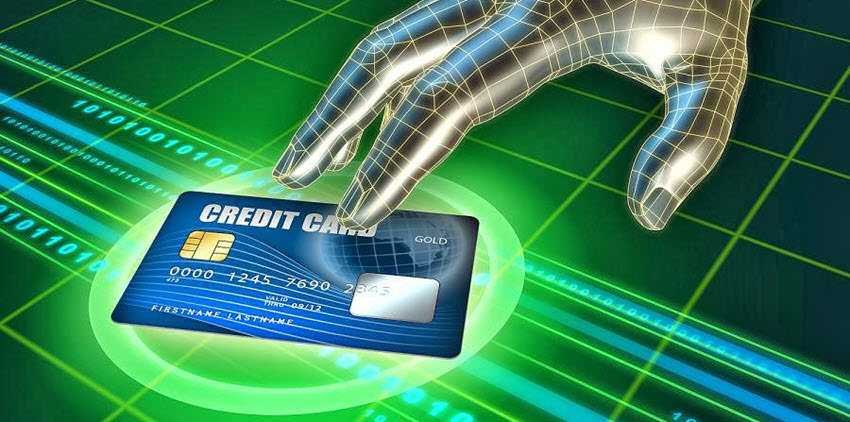Those who make credit card purchases online know the CVV number of their credit card. But how much security does its existence offer you?

The holidays are coming, the coronavirus has limited access to stores, so online shopping has more than doubled. If you are shopping online you will need a credit card and at procedure payment you may be asked to enter the “code security” or the “CVV” of your card.
CVV: An extra level of protection
The acronym CVV stands for "Card Verification Value". A CVV is a three-digit or four-digit security code on the back or front of your credit card that helps protect you from credit card fraud.
Η Mastercard began issuing CVV numbers in 1997, Visa in 2001, and American Express in 1999. These numbers appeared in response to increasing online transactions and cardmember complaints about transaction delays when a card's security was in question.
For Mastercard, Visa and Discover credit cards, the CVV code is three digits and is located on the back of the card near the signature line. On American Express cards, the CVV code is four digits and can be found on the front of the card.
According to industry rules defined by PCI Security Standards Council, οι έμποροι λιανικής δεν μπορούν να αποθηκεύσουν το CVV με τα στοιχεία της πιστωτικής σας κάρτας σε μια βάση δεδομένων. Αυτό σημαίνει ότι εάν τα στοιχεία πληρωμής σας διαρρεύσουν ή παραβιαστούν, θα έχετε ένα επιπλέον επίπεδο προστασίας που υπάρχει μόνο στην ίδια την φυσική κάρτα.
On the other hand, using the CVV to verify purchases is optional, so some suppliers can handle payment without it. This means that these vendors can also store credit card information without the CVV and process the payment anyway. But when a retailer asks for your CVV, it means they are using another level of security against cyberbullying.
Other names for CVV codes

Credit card security codes have a number of different names based on different banking providers. Here are some common names:
CVV: Card verification value, used with Visa cards required and signature.
CVV2: 2nd generation card verification value, used with Visa cards that can also be virtul.
CVC: Card validation code, used with Mastercard and signature required.
CVC2: 2nd generation card validation code, used with Mastercard and can also be virtual.
ID: Card ID, used with some American Express and Discover cards.
CVD: Card verification data, used with some Discover cards.
CSC: Card security code, used with American Express cards.
SPC: Signature Panel Code, a general term for the security code.
Believe it or not, the above aren't the only three-letter acronyms on the market. Whatever it is name, CVV codes all serve the same purpose: to help you shop safely online.
In conclusion
The CVV code on credit cards is an additional level of security but is optional for merchants to use. Any stores that ask you for it means that they pay attention to the quality of the transaction and protect you.
Stores are prohibited from storing your CVV when you give it to them. But because it is not necessary for a transaction will not protect you from hacking. Always make sure to give your credit card only to online stores that you trust.
And seriously consider issuing a prepaid card for your online shopping, which you will only charge when you want to make a purchase.

Finally, the CVV is not a PIN and you should never give your PIN when asked for the CVV. PIN numbers allow you to use your credit or debit card at an ATM or when you make an in-person purchase with your debit card or cash advance with any credit card.





